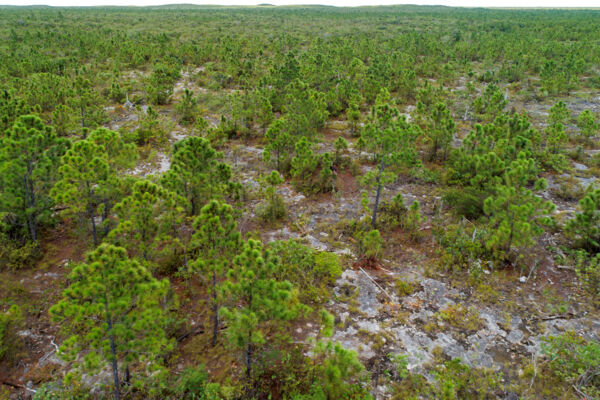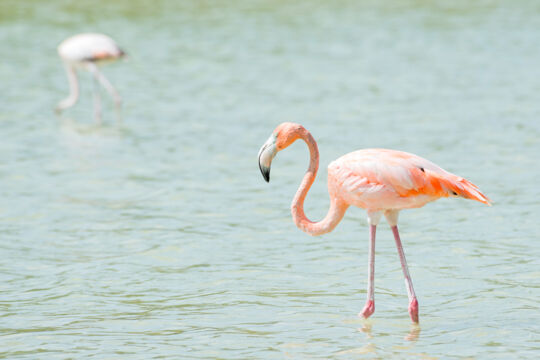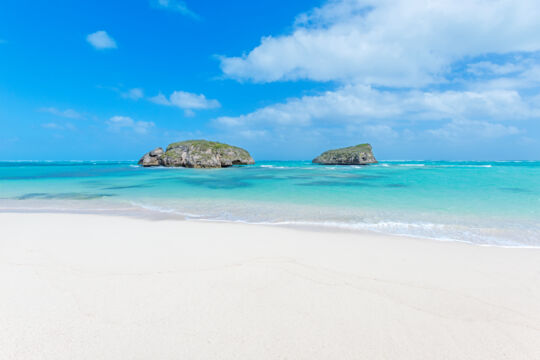History and Overview of Middle Caicos
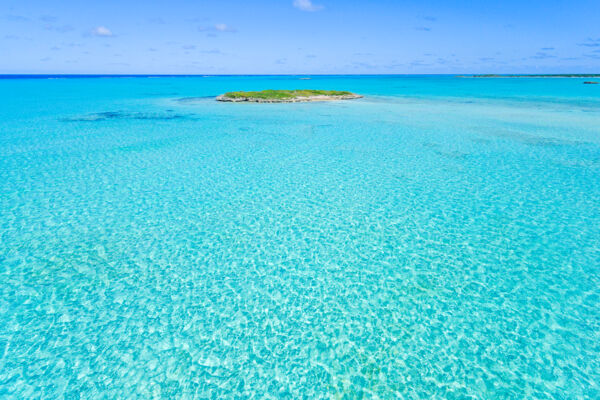
Middle Caicos is the largest island in the Turks and Caicos, with an area of 56 mi² (144 km²). As the name suggests, Middle Caicos is located in the center of the Caicos Islands archipelago. The island is connected by a causeway to the adjacent North Caicos, and the two islands largely function as one.
Middle Caicos is best known for secluded beaches, caves, and the majestic Mudjin Harbour coastline and beach. The island has three small settlements: Conch Bar, Bambarra, and Lorimers.
The resident population on Middle Caicos is quite small at under 200 persons, many of whom are elderly. The island likewise has very limited infrastructure and services. Many of the island’s residents drive over to North Caicos for food, fuel, and supplies.
Mudjin Harbour is the top tourist attraction on Middle Caicos. This coastline features high limestone cliffs, white sand beaches, caves, and the rugged ironshore island of Dragon Cay.
| Middle Caicos Quick Facts | |
| Population | 168 (2012 Census) |
| Area | 56 mi² (144 km²) |
| Airport | Middle Caicos Airport (MDS) |
| Best Beach | Mudjin Harbour |
| Highest Point | 130 feet (40 m) Ferguson Hill |
Middle Caicos is an incredible destination for outdoor enthusiasts. There’s a plethora of secluded beaches and landscapes to discover, and historical elements are hidden in the dense vegetation across the island.
The island of Providenciales welcomes by far the majority of overnight visitors to the Turks and Caicos, yet a popular activity is to visit North Caicos and Middle Caicos on a day trip from Providenciales. Small passenger ferries have regular schedules, and it’s easy to rent a car and explore on your own.
Several spectacular beaches are found on Middle Caicos. In addition to the famous Mudjin Harbour, there’s Bambarra Beach, Conch Bar Beach, and the remote Wild Cow Run.
Conch Bar Caves and Indian Cave
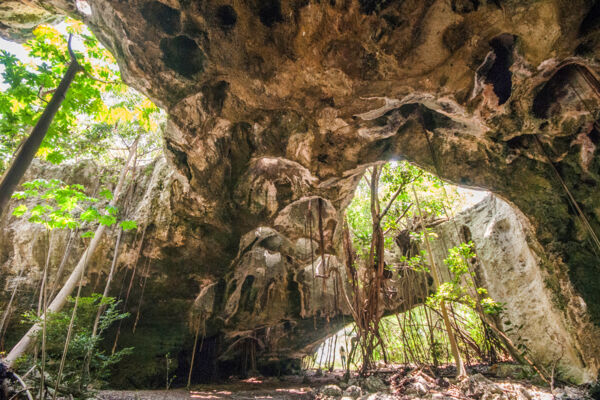
The two best-known dry cave features in the Turks and Caicos are found on Middle Caicos.
Conch Bar Caves is the largest dry cave system in the Bahamian–Turks and Caicos island chain, and hides miles of passages. This complex system was used by the Pre-Columbian Taino people centuries ago for ceremonies and hurricane shelter, and was later mined for bat guano in the latter 1800s.
The smaller yet likewise impressive Indian Cave is an open gallery system. This cave features natural skylights, papaya trees, and ficus roots, and is an easy-to-visit yet fascinating natural sight.
Middle Caicos is also home to one of the most impressive Karst Process cave features on the planet. The colossal Middle Caicos Ocean Hole is the widest blue hole on the planet. The Ocean Hole is rarely visited due to its remote location on shallow Caicos Banks.
Weather, Climate, and Terrain
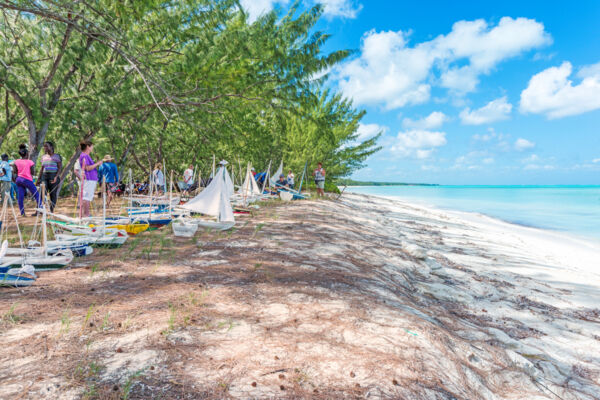
Middle Caicos is quite a beautiful island, with an incredible diversity of landscapes.
The north coast of Middle Caicos is largely beach, although sections of limestone cliffs interrupt the white sand in many locations. There’s an incredible contrast between the island’s beaches. Coasts such as Mudjin Harbour and Conch Bar Beach are exposed to the deep Atlantic and have a rugged atmosphere and impressive swells, and more sheltered coasts such as Bambarra Beach and Wild Cow Run offer calm, shallow, and turquoise water.
Inland, the island offers a blend of tropical dry forest, expansive marine wetlands and tundras, and the occasional picturesque brackish pond oasis, complete with towering sabal palms and ferns.
The entirety of the south sides of both North Caicos and Middle Caicos consist of complex mangrove networks and tidal estuaries. Much of these areas are protected by the extensive Ramsar Nature Reserve. The transition between the southern marine wetlands and the interior tropical dry forest is also beautiful. This isolated terrain supports tall sabal palms, and in a few select locations, the endangered Caicos pine.
History of Middle Caicos
Pre-Columbians
Middle Caicos was very important to the pre-Columbian Lucayan people (also known as Tainos). The island likely hosted the greatest population of these in the Turks and Caicos–Bahamas island chains.
Several sites on Middle Caicos have been identified as being important Lucayan sites, including Conch Bar Caves and a remote trading village site on the south coast.
As was the case throughout much of the Caribbean, the Lucayans rapidly disappeared after the arrival of Columbus.
The Loyalist Plantation Days
After the disappearance of the Lucayans from the Turks and Caicos, the uninhabited Caicos Islands only saw the occasional visit from pirates or naval patrols until the latter 1700s, when displaced Loyalists from what became the United States were given grants of land in the Turks and Caicos by the British Crown.
The Loyalists went on to build extensive plantations, primarily on the islands of North Caicos, Middle Caicos, and Providenciales. These cotton and sugar cane agriculture attempts were initially quite successful, and exported what was considered to be some of the best cotton in the region.
The heyday of the plantations only lasted a few decades.
Middle Caicos supported dozens of extensive plantations, and the ruins of many still remain hidden in the dense vegetation. The remote and seldom-visited Haulover Plantation is the only plantation on Middle Caicos that’s open for tourism.
The Slave Ship Trouvadore, and Bambarra
Another interesting facet of Middle Caicos and Turks and Caicos history began as a relatively minor occurrence, yet ultimately changed the course of history for the islands.
In 1833, the Parliament of the United Kingdom passed the Slavery Abolition Act, making slavery illegal throughout much of the British Empire, including the Turks and Caicos.
In 1841, the slave ship Trouvadore, sailing under the Spanish flag, wrecked off Breezy Point on East Caicos, and 168 Africans survived the wreck, many of which remained in the Turks and Caicos.
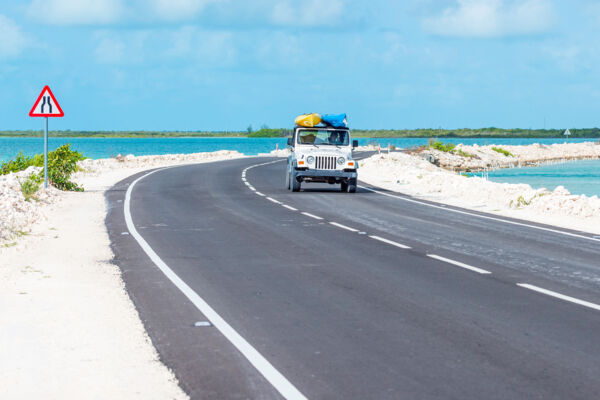
Circumstantial evidence suggests that the settlement of Bambarra, with its African origin name, was associated with newly-freed Africans, from slave shipwrecks. In addition to the Trouvadore, there are also historical records of other slaver wrecks occurring in the mid-1800s, including the Gambia and Esperanza.
The subject of the Trouvadore and other vessel wrecks, as well as the origin of the Bambarra name, continues to be studied, and current knowledge continues to evolve.
The Modern Age
Middle Caicos still features a quiet and laid-back atmosphere. Over the last few decades, various projects, some of which were promised to turn the island into a flourishing tourism hotspot, came and went. The island continues to develop at a slow pace.
Tourism in Middle Caicos
Middle Caicos sees a fraction of the tourists that visit Providenciales each year, and the majority visit on a day trip from Providenciales. Dragon Cay Resort is the only hotel on the island, although there are several vacation villas found in Bambarra and Conch Bar.

